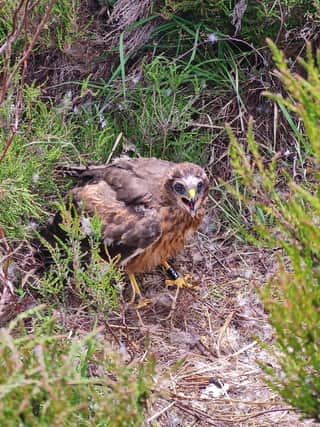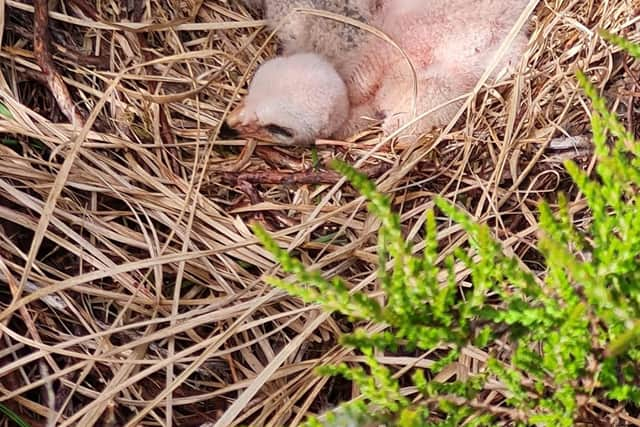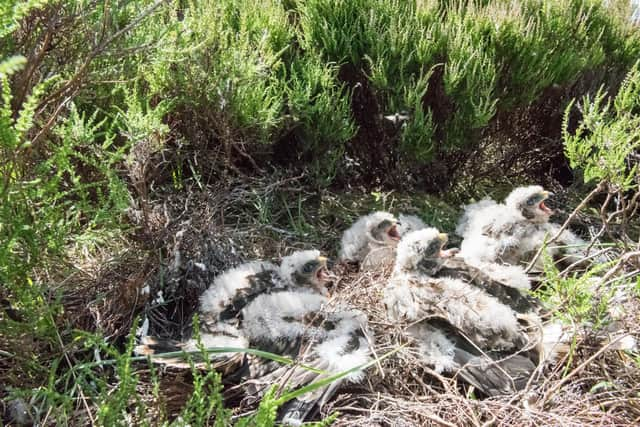National Trust celebrates successful breeding year for rare hen harriers in Peak District


The conservation charity said seven hen harriers had successfully fledged from multiple nests in the High Peak, making 2022 the most successful year for breeding.
It comes despite two nest failures earlier in the year and follows work between the National Trust, RSPB and Peak District Raptor Group to encourage more birds of prey to live and thrive in the Peak District.
Advertisement
Advertisement
Work has been underway including cutting heather to allow a more diverse range of moorland plants such as sphagnum moss, bilberry and cottongrass, helping to attract the different insects and small mammals which the birds rely upon for food.


The trust is also working closely with tenants to ensure their land management practices support the vision for more birds of prey in the area.
Craig Best, general manager of the National Trust in the Peak District said: “A great deal of work has gone into encouraging more breeding pairs of these majestic birds to the Peak District, so this is brilliant news.
“The presence of the birds indicates a plentiful and healthy food source, which shows the work we have done so far to improve the landscape is starting to provide ideal conditions for different species to thrive.
Advertisement
"However, we want to see more of these important birds of prey in the High Peak, as they play an important role in creating the right ecological balance in the landscape. That is why it is crucial that we continue to work together to achieve our aim of growing the population of birds of prey in the area and doing everything we can to prevent persecution.”


Advertisement
Hen harriers are one of England’s most threatened birds of prey due to historic persecution and because they often prey on red grouse chicks to feed their young, bringing them into conflict with farmers and gamekeepers.
In 2013, they were on the brink of extinction when no birds successfully fledged from nests in the country.
Mark Thomas, head of investigations at the RSPB said: “Despite the suspicious loss of two hen harrier nests in this area earlier in the season we are delighted that further pairs have bred successfully and raised youngsters. This is a validation of the National Trust’s Moorland Vision, and a testament to the partnership work being undertaken to ensure hen harriers and other species flourish in our uplands. Hen harriers are protected by law - yet a government study in 2019 identified criminal persecution by humans as the main factor suppressing the UK hen harrier population.
Advertisement
"The Dark Peak is sadly one of the worst areas in the UK for raptor persecution, for this reason we will be keeping a close eye on the continuing survival of the chicks that have been tagged this year.”
Visitors and residents can help with conservation efforts by staying on footpaths and keeping dogs on leads during ground nesting bird season, which lasts from the beginning of March to the end of July.